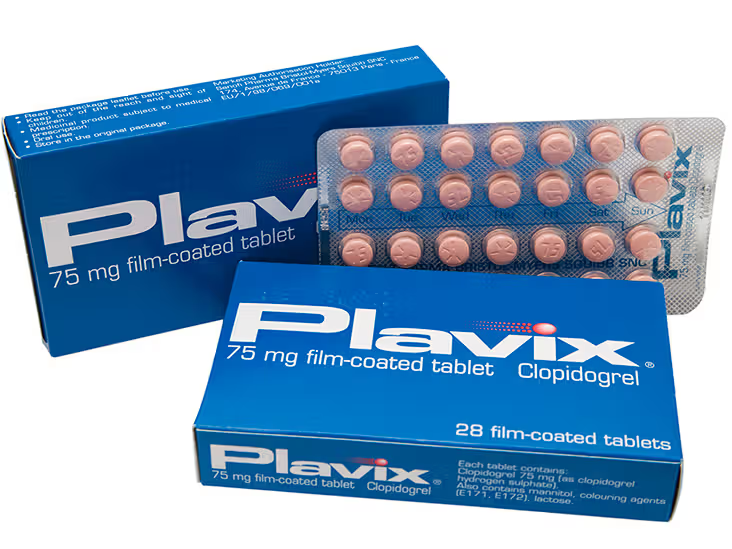For decades, scientists have known that our DNA influences health. Yet most common diseases, like diabetes, depression, and heart disease, do not stem from a single genetic mutation. Instead, they emerge from the interplay of hundreds or even thousands of genetic variations combined with environmental and lifestyle factors.
This is where Polygenic Scores (PGS), also called Polygenic Risk Scores (PRS), are transforming science and medicine. By condensing the complexity of the genome into a single number, PGS provides an estimate of a person’s genetic predisposition to a trait or condition.
In this guide, we’ll explore what PGS are, how they are built, the value they bring to healthcare, and the challenges that come with them. We’ll then look at how they connect to pharmacogenomics—a field that uses genetics to tailor medication—and why learning both will be key for the future of medicine.
What Are Polygenic Scores?
A polygenic score is a summary measure of risk that reflects the influence of many genes at once. Unlike rare conditions caused by a single mutation, such as cystic fibrosis, most health outcomes are polygenic. They are shaped by a constellation of small DNA changes scattered across the genome, each contributing a tiny effect.
PGS takes these small contributions, weighs them according to their impact, and adds them up into one number. A higher score indicates a greater genetic predisposition, while a lower score suggests reduced risk. It’s important to remember that these scores are not deterministic. A high score does not guarantee that someone will develop the condition, just as a low score does not guarantee protection. They simply provide a measure of relative risk compared to the average person.
How Polygenic Scores Are Built
The creation of a polygenic score begins with large population studies known as genome-wide association studies (GWAS). These studies scan the DNA of thousands, sometimes millions, of people to identify genetic variants, usually single nucleotide polymorphisms, or SNPs, that are more common in people with a particular trait or disease.
Once these variants are identified, researchers calculate how much each one contributes to risk. Variants with stronger links are given larger weights, while those with weaker links carry smaller weights. An individual’s DNA is then checked to see how many of these risk variants they have. By multiplying each variant by its weight and summing them together, the polygenic score emerges.
Imagine it as a tally system. Each risk variant is a small tally mark, some heavier than others. When added up, they paint a picture of where a person sits on the spectrum of genetic risk.
What Polygenic Scores Can Tell Us
Polygenic scores provide a relative measure of risk. Someone with a high score for type 2 diabetes, for instance, may have three times the average genetic likelihood of developing the disease. Someone with a low score may have much lower risk.
But these scores are not crystal balls. Lifestyle, diet, exercise, and environment can dramatically shift the outcome. Two people with the same polygenic score for heart disease may experience very different realities depending on whether they smoke, maintain healthy cholesterol levels, or stay physically active.
Another critical point is that polygenic scores are population-dependent. Scores developed in European populations may not be as accurate when applied to African or Asian groups, unless the data is carefully adjusted. This has sparked ongoing work to build more inclusive genetic databases that reflect global diversity.
Applications in Healthcare
The potential uses of polygenic scores in medicine are vast. In preventive healthcare, they can highlight individuals at higher risk for conditions such as cardiovascular disease, diabetes, or breast cancer long before symptoms appear. This allows for closer monitoring, earlier interventions, or lifestyle changes that could delay or even prevent disease onset.
In mental health, researchers are exploring the use of PGS for conditions such as schizophrenia, bipolar disorder, and depression. While still in the research phase, these tools may one day support earlier interventions and guide treatment strategies.
PGS is also being investigated in reproductive health, where some fertility clinics are experimenting with embryo screening for polygenic traits. This application is highly controversial, raising questions about ethics and fairness, but it underscores the power and sensitivity of the technology.
In day-to-day clinical settings, polygenic scores could soon become part of personalized check-ups. A young adult with a high genetic score for heart disease might be advised to undergo regular cholesterol testing, adopt stricter dietary habits, or start preventive treatment earlier than standard guidelines suggest.
Limitations and Challenges
As promising as polygenic scores are, they are not without limitations. The accuracy of these scores varies significantly depending on ancestry, since most genomic studies have been carried out in European populations. Without broader data, the risk of inequitable healthcare increases.
Another limitation is that polygenic scores capture only a portion of overall risk. Environmental and lifestyle factors can outweigh genetic predisposition. Overinterpretation is a real danger, with patients or even clinicians misunderstanding the results and assuming inevitability.
There are also serious ethical considerations. Should employers or insurers have access to PGS data? Could scores be misused to discriminate or stigmatize? These questions remain unresolved and will require clear legal frameworks.
Despite these challenges, the momentum around polygenic scores continues to grow, with researchers working on refining accuracy, improving interpretation, and expanding inclusivity.
The Future of Polygenic Scores
Looking ahead, polygenic scores are likely to become part of mainstream healthcare. Integration with electronic health records will allow clinicians to access risk profiles at the point of care. Artificial intelligence and machine learning will help refine these models by combining genetic data with lifestyle, environmental, and clinical information.
Public health systems may also use polygenic scores to identify high-risk populations and tailor preventive campaigns. Beyond that, combining PGS with other biomarkers—such as epigenetic signals or microbiome data—could provide an even more holistic picture of health risk.
In short, polygenic scores are moving from academic research into clinical reality, slowly but steadily becoming part of how medicine is practiced.
Polygenic scores and Pharmacogenomics
Polygenic scores answer one critical question: What is a person’s genetic risk of developing a disease? Pharmacogenomics answers a closely related question: How will that person respond to treatment?
Together, they create a powerful toolkit for precision medicine. Imagine a patient identified through polygenic scoring as having high risk for cardiovascular disease. Pharmacogenomics could then reveal whether that same patient is likely to benefit from statins, the standard cholesterol-lowering drugs, or whether they might require a different therapy.
In mental health, a patient with elevated polygenic risk for depression could be monitored closely and, if treatment is needed, pharmacogenomics could guide the choice of antidepressant—minimizing the frustrating trial-and-error process so common today.
Conclusion
Polygenic scores represent one of the most exciting frontiers in modern genetics. By translating thousands of tiny DNA variations into a single risk measure, they provide a new lens through which to view health and disease. While challenges remain in accuracy, equity, and ethics, the potential of PGS to reshape preventive medicine is undeniable.
When combined with pharmacogenomics, the result is a truly patient-centered approach: predicting disease risk, tailoring drug therapy, and ensuring the right treatment for the right person at the right time.
Healthcare is moving rapidly away from one-size-fits-all and toward precision strategies that put the individual at the center. Professionals who understand both polygenic scores and pharmacogenomics will be at the forefront of this transformation.
Sign up to learn more about pharmacogenomics.





